Hoarseness
The commonest acute causes are viral laryngitis and voice abuse, when even mild degrees of vocal cord swelling affect the normal mucosal wave pattern. These conditions usually respond quickly to voice rest, humidification and sometimes antibiotics when there is a secondary bacterial infection. In patients with chronic hoarseness consider acid reflux laryngitis, nodules, polyps, tumours, voice abuse, vocal cord weakness or Laryngeal Dystonia.
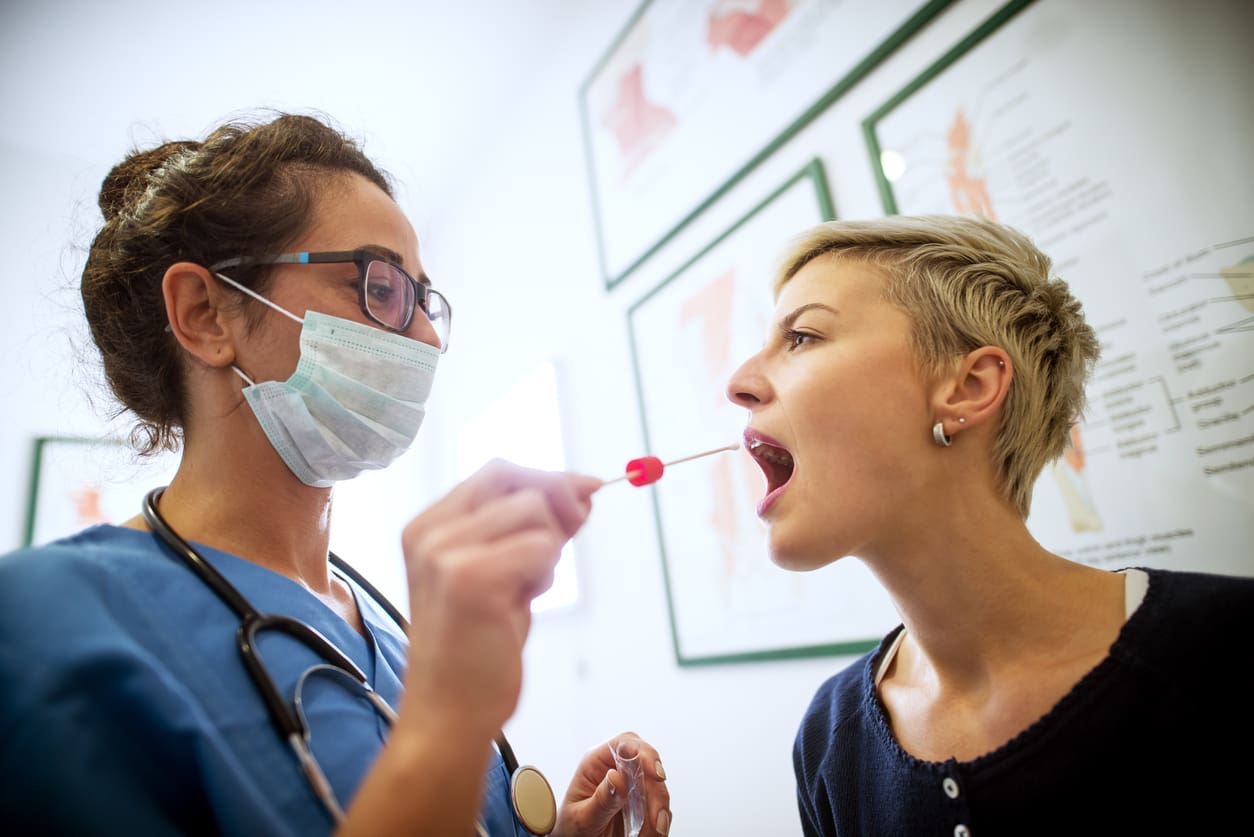
Swab for microscopy and culture
Why?
Infections caused by bacteria or fungi require antimicrobial treatment, which varies depending on the specific infective organism. Acute infections result in the production of pus, which is commonly thick yellow-green in colour and may have an unpleasant smell. When an infection is seen or suspected, a sample is therefore sent for laboratory analysis.
How?
After inserting a sterile tongue depressor, a fine sterile cotton bud probe is inserted into the throat and rubbed over the tissue to be sampled. It is then immediately removed for storage in preservative for transfer to the laboratory. Examination under the microscope (microscopy) by the Microbiologist enables the presence and type of infective organism to be diagnosed. Subsequently, growing the organism on a special gel (culture) and applying various drugs allows the specific antimicrobial agent required to kill the infective organisms to be determined.

Rigid and Flexible Endoscopy
Why?
The mouth can be examined directly using a bright halogen headlight. The introduction of a sterile rigid endoscope with an angled lens into the mouth, or a sterile flexible endoscope whose tip can be manually rotated in various directions, allows a very detailed inspection of the whole of the tongue base, lower pharynx and vocal cords.
How?
Flexible laryngoscopy is carried out with the patient seated in an upright position and requires initial preparation of the nasal lining with a topical spray. Cophenylcaine, a surface local anaesthetic and decongestant, is sprayed into each nostril held open by a dilator speculum. This drug is absorbed very quickly and numbs and shrinks the nasal lining. Although the introduction of a flexible endoscope into the nasal cavity is an unusual feeling it is not unpleasant. The subsequent examination will take less than 5 minutes.
Rigid laryngoscopy requires a seated patient with their head extended forwards. It involves gently placing a metal tube with an angled lens and attached camera into the back of the throat to examine the vocal cords in detail. Active movements on phonation can be recorded to provide an accurate clinical record and to document changes after treatment.
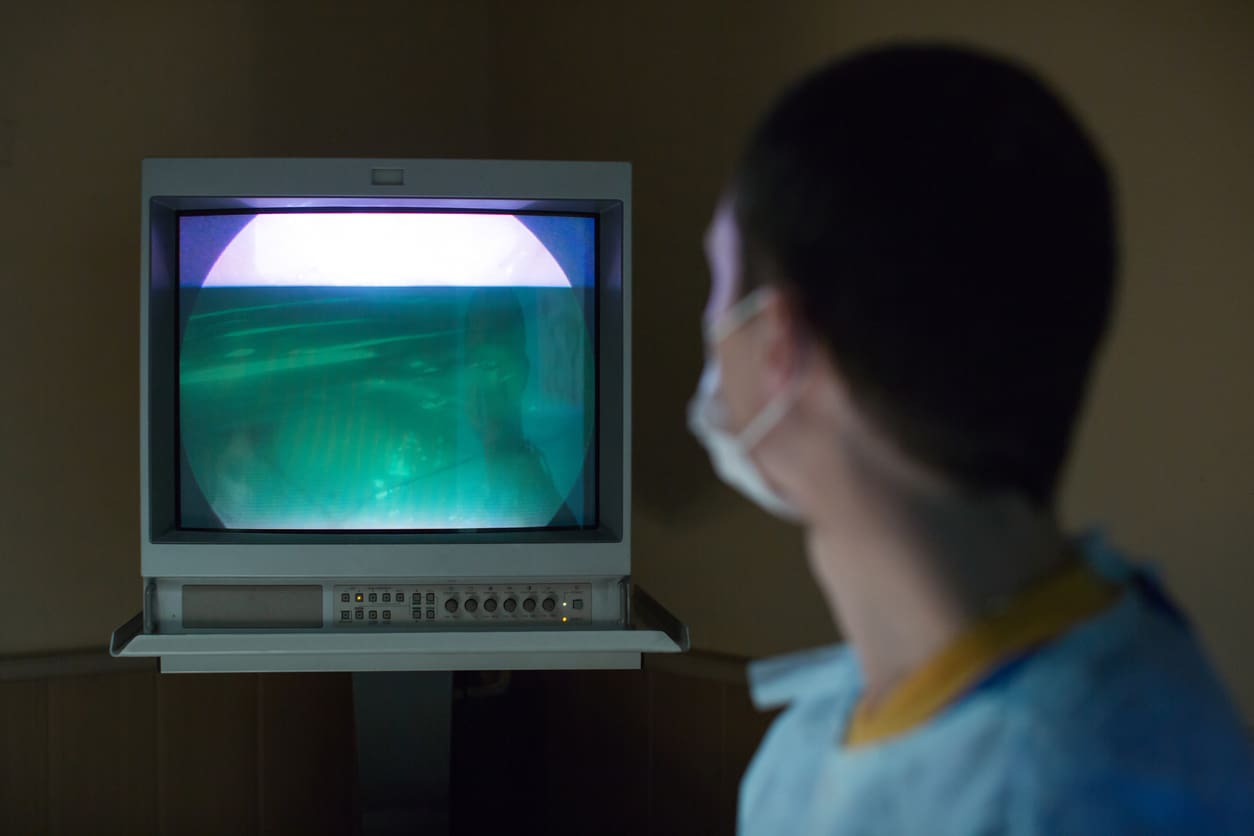
Videostroboscopy
Why?
The vocal cords vibrate very quickly when they are activated during phonation to produce sounds. This technique allows the rapid speed of movement of the vocal cords to be slowed down so that a detailed assessment of the rhythmic oscillations of the surface of the vocal folds can be made.
How?
The test involves placing a small external surface plate about the size of a stethoscope over one side of the voice box. This enables the frequency of the oscillations of the vocal folds to be measured. An exact adjustment of the wavelength of the special strobe xenon illuminating light can be made, which results in an image of the vocal cords vibrating at a very much slower rate.

Computerised Voice Analysis
Why?
This test is used to measure your voice quality and the time the vocal cords are vibrating together during the phonatory cycle. It is completely painless will show any improvement or change in your voice with treatment.
How?
The test is undertaken in a soundproof booth to improve the accuracy of the recordings and a soft collar is placed around the neck. It involves recording the voice through a microphone whilst you sing various vowels and/or read a specific written passage.
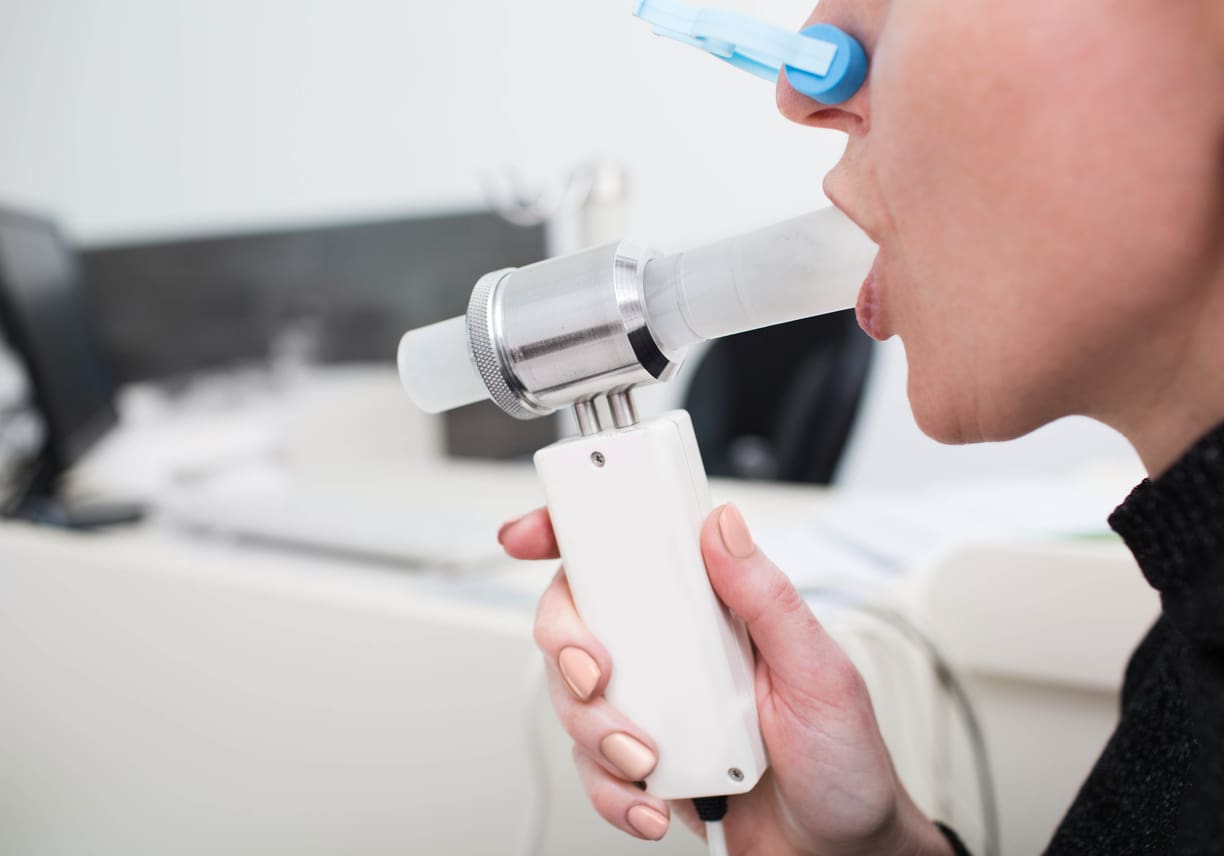
Flow Volume Loop Spirometry
Why?
The flow volume loop is a graph showing the airflow at different lung volumes, and plots inspiratory and expiratory function separately. It enables a clear diagnosis to be made between fixed and variable upper and lower airway obstruction, and gives quantitative data for assessment and monitoring purposes. It is particularly helpful in measuring the degree of airway obstruction in patients with vocal cord paralysis.
How?
The subject is asked to breathe out completely to empty air from the lungs as much as possible. The airflow at the mouth is then recorded during a maximum forced inspiration, followed by a maximum forced expiration. The results undergo computer analysis and are recorded.
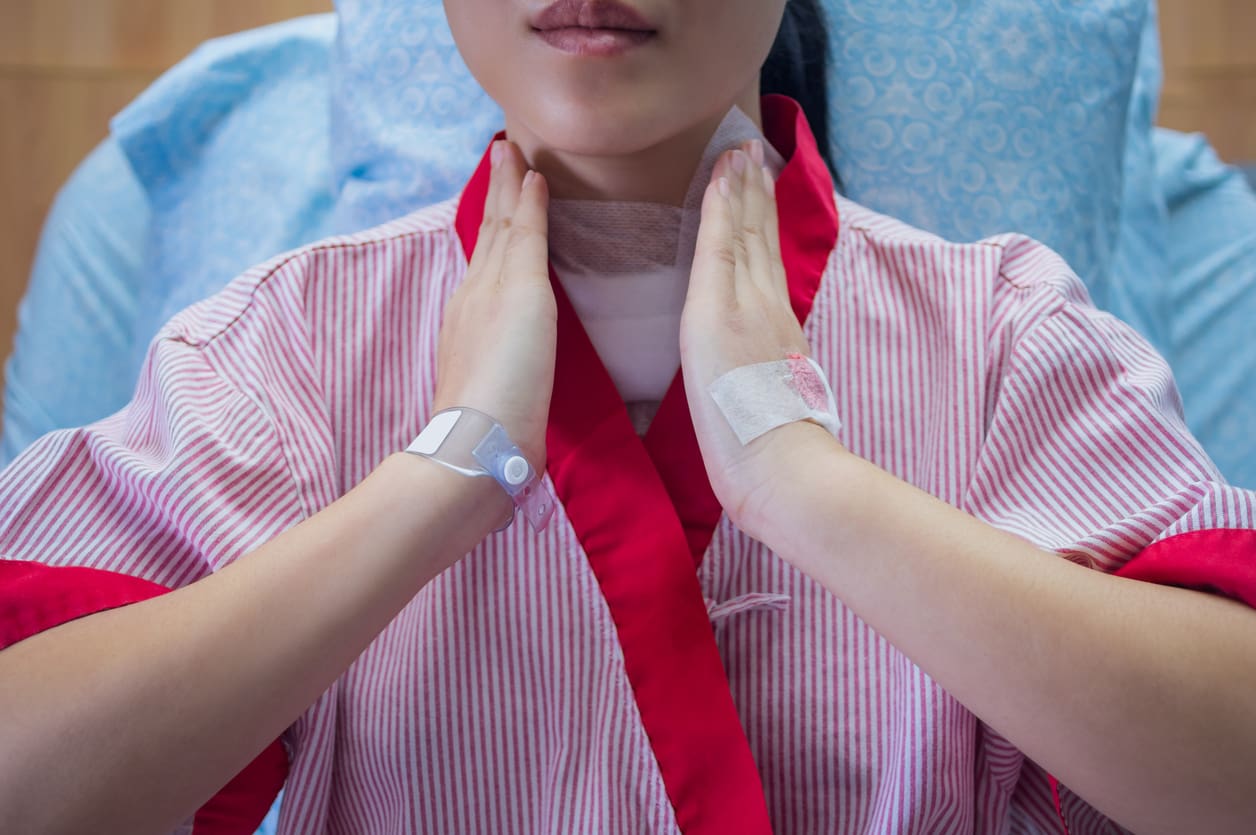
Laryngeal EMG (Electromyography)
Why?
This test is useful in assessing patients with vocal cord paralysis and other vocal cord disorders. The electrical activity generated by the muscles that move the vocal cords is measured to see if they are functioning normally or if there is any interruption of the nerve supply.
How?
Reference and earth surface electrodes are placed on either side of the voice box and connected to a computer which monitors muscle activity. Small insulated electrodes are then placed in the laryngeal muscles and the spontaneous and active electrical responses are recorded at rest and on phonation. The test should take about 20 minutes.
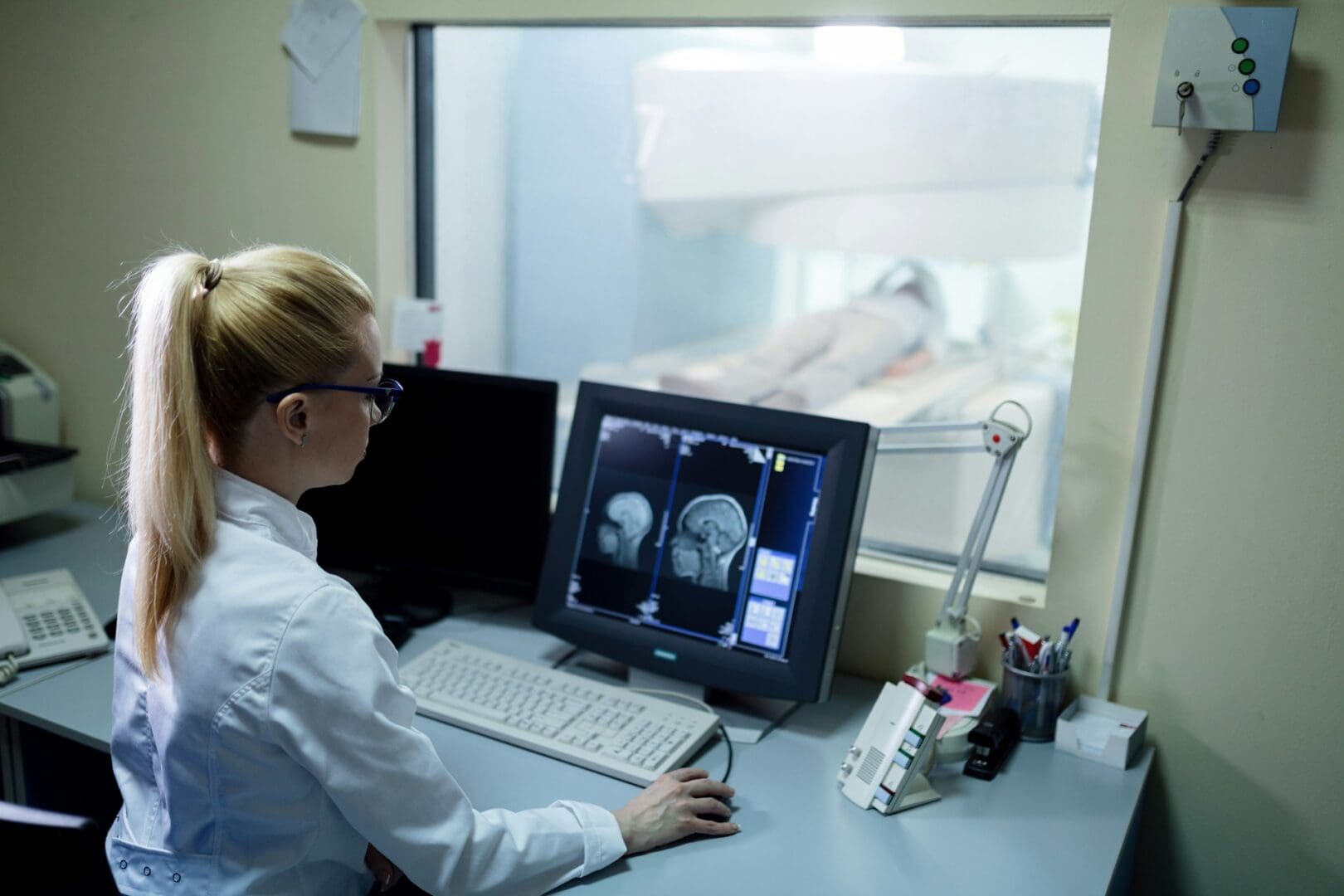
CT Scan
Why?
Computed tomography (CT) is a medical imaging method using X-ray tomography created by computer processing. It provides important diagnostic information in various anatomical planes. Conventional X-rays are not really helpful, as various anatomical structures superimposed on one another prevents proper assessment.
The main advantage of CT over MRI scanning is that it demonstrates bone as well as soft tissue features.
How?
The scanning techniques involves lying still with the head in a medical “hair-dryer” open capsule for approximately 20 minutes. It is a completely painless procedure.
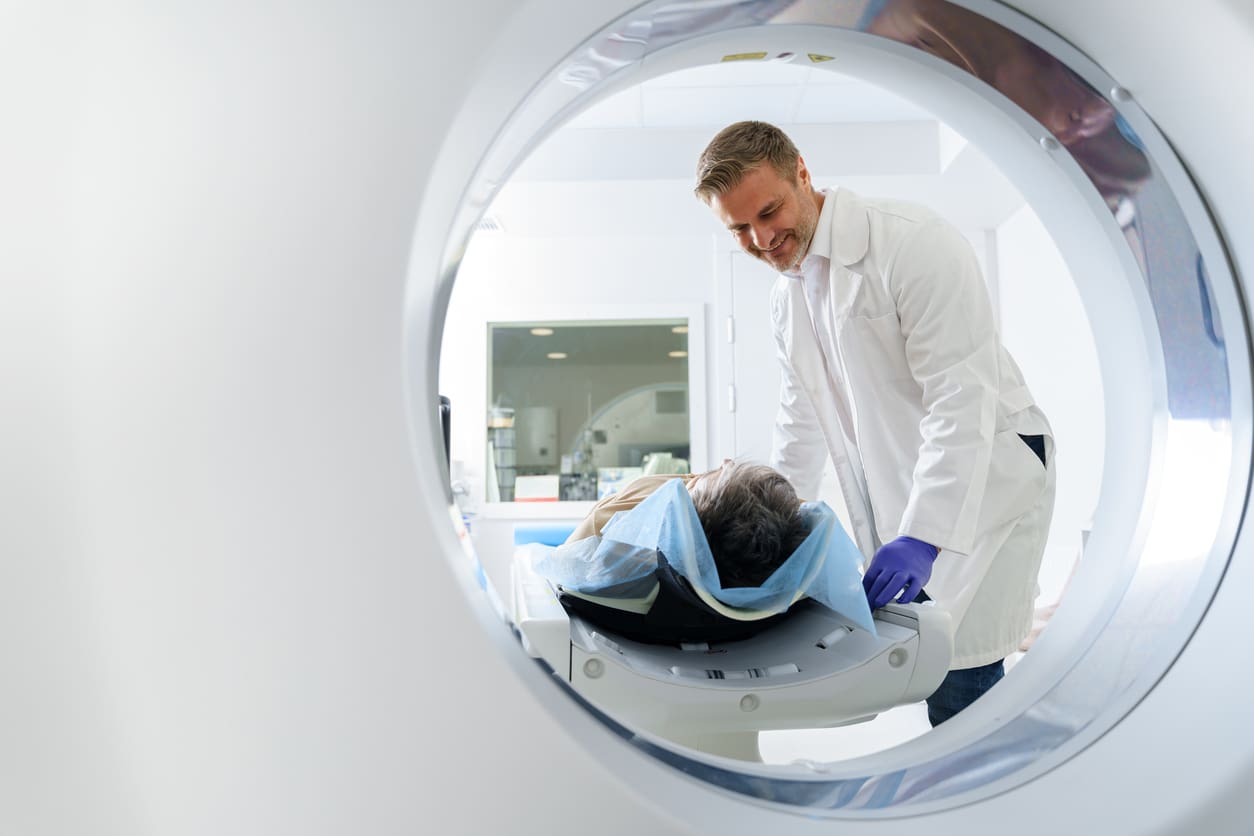
MRI Scan
Why?
Magnetic resonance imaging (MRI) is a medical imaging technique used in radiology to study internal soft tissue structures in detail. It provides good contrast between the different types of tissue, which is a major advantage over CT. MRI does not use ionising radiation unlike CT or traditional X-rays. Instead it uses a powerful magnetic field to align tissue atoms, and then uses radiofrequency fields to change and record their alignment. This scanned information is then used to construct images of specific parts of the body.
The main advantage of CT over MRI scanning is that it demonstrates bone as well as soft tissue features.
How?
The patient lies still on a couch with their head in a metal tube for about 30 minutes. Some patients find this enclosed experience unpleasant, which has resulted in the development of so-called “open scanners”.
The private health insurances we work with
Harley Street ENT is recognised by a wide range of leading UK and international private health insurers, ensuring easy access to our care for patients with approved cover.

Need help and advice? Speak to an advisor
To discuss your needs in confidence or arrange a consultation, please contact our advisory team, who will be happy to assist you.







